Loan underwriting is the lender’s risk-assessment process used to decide whether a borrower qualifies for a loan. It involves reviewing the applicant’s financial background – credit history, income, debts, and any collateral – to gauge their ability to repay. In simple terms, underwriting determines “whether an applicant is creditworthy and should receive a loan”. Banks and finance companies carefully analyze each borrower’s finances and past borrowing behavior to manage risk. For example, in mortgage lending, underwriting means checking the buyer’s ability to repay and the home’s value as collateral. By confirming income, credit scores, debt levels and property appraisals, underwriters protect the lender against defaults while ensuring loans are priced and structured appropriately.
Loan Types and Their Underwriting
Underwriting applies to virtually all loan types, but the specific focus can vary:
- Mortgages (Home Loans): Underwriters examine the borrower’s credit score, employment and income history, assets (savings, down payment) and outstanding debts. They also order a property appraisal to ensure the home’s value supports the loan. Mortgage guidelines (e.g. Fannie Mae/Freddie Mac) typically require a minimum credit score (around 620+) and a debt-to-income (DTI) ratio usually below ~36% for automated approval. Higher-risk mortgages (jumbo loans, condos) or government-backed loans (FHA, VA) have additional criteria, but all mortgage underwriting centers on the home as collateral and the borrower’s ability to repay.
- Auto Loans: Auto loan underwriters focus on the applicant’s credit history, income/stability of earnings, and the value of the vehicle being financed. Since cars are collateral, lenders check loan-to-value (LTV) and typically require a down payment. Auto underwriting is often highly automated (using credit scores and bank data) because loans are smaller and standardized. Nonetheless, underwriters still verify employment/income and may pull credit reports to set interest rates and payment terms.
- Personal Loans: These are usually unsecured, so underwriters rely heavily on credit scores, income verification, and overall debt obligations. With no collateral, personal loan criteria are stricter: high credit scores and low existing debt make approval more likely. Many personal loans are also automated, but edge cases or large amounts often trigger manual review.
- Business Loans: Business loan underwriting reviews the company’s financial health. Underwriters assess balance sheets, profit and loss statements, cash flow, business plans and the industry outlook, as well as the business owner’s personal credit. SBA or commercial real estate loans add layers: for example, commercial real estate underwriting will evaluate property income potential and project viability. Collateral for business loans can include business assets or owner guarantees. Overall, underwriting looks at whether the company (and/or its guarantor) is likely to repay.
In each case, the goal is the same: match loan terms to risk. Mortgages leverage home equity, car loans use vehicle value, and personal loans depend on creditworthiness. Despite different emphases, all underwriters check basic factors (credit, income, debt) and enforce any specialized guidelines (e.g. regulatory requirements for certain loan programs).
Key Components of the Underwriting Process
Loan underwriting typically involves several key steps:
- Credit and History Assessment: The lender pulls credit reports and scores to review payment history, delinquencies, bankruptcies, etc. A minimum credit score is often required (for example, conventional mortgages usually require a score of about 620+). Underwriters look for patterns of responsible debt management. They also examine recent credit inquiries, existing loans, and the total number of credit accounts.
- Income and Employment Verification: Borrowers must prove their income matches what’s declared. Underwriters collect documents such as pay stubs, W-2s, tax returns or bank statements. Self-employed applicants often need additional documentation (profit/loss statements or tax transcripts). In many cases the lender verifies employment directly with the employer. Regulators expect lenders to confirm repayment capacity, so underwriting guidelines explicitly call for income verification. For example, federal guidance notes that underwriting should “include consideration of credit history” and often “income verification procedures” for reliable borrowers.
- Debt-to-Income (DTI) Analysis: Underwriters calculate the borrower’s DTI ratio: total monthly debt payments divided by gross monthly income. Most conventional mortgage programs target a DTI under about 36–43%. For instance, Fannie Mae’s automated underwriting requirements allow up to 36% DTI. A lower DTI indicates more capacity to handle additional debt. If the calculated DTI exceeds guidelines, lenders may reject or adjust terms (requiring a higher down payment or lower loan amount).
- Collateral Appraisal (if Secured): For secured loans, underwriters must verify the collateral’s value. In a mortgage, an appraisal is ordered to ensure the home value covers the loan amount. In a car loan, the vehicle’s market value is checked against the loan. This step protects the lender if default occurs. The resulting loan-to-value (LTV) ratio often affects approval and interest rate: higher LTV means higher risk.
- Overall Risk Assessment and Decisioning: The underwriter compiles all the information and compares it to the lender’s credit policy. This may involve credit scoring systems or manual review to reach a conclusion. In many cases the decision is “approved with conditions”, meaning the loan will close once certain additional documents or clarifications are provided. For example, an underwriter might approve subject to confirming a gift letter for down payment funds, or clarifying a credit inquiry. Finally, the underwriter issues a clear decision: approve, deny, or suspend/pending (additional review needed). Notably, industry data show that most loans go out the door as approved-with-conditions rather than straight denials.
These steps ensure lenders evaluate both willingness (credit/debt history) and capacity (income/assets) to repay. By verifying every key piece of information, underwriting helps prevent unqualified or fraudulent loans from slipping through.
Manual vs. Automated Underwriting
| Feature |
Manual Underwriting |
Automated Underwriting |
| Process Type |
Human-driven review by experienced underwriters |
Software-driven using rule-based algorithms |
| Speed |
Slower, depends on individual case assessment |
Instantaneous processing of large volumes |
| Consistency |
Subject to human variability and judgment |
Highly consistent decisions based on pre-coded rules |
| Handling of Complex Cases |
Well-suited for non-standard incomes or exceptions |
Refers complex cases to manual review |
| Scalability |
Labor-intensive and harder to scale |
Scales rapidly with minimal additional resources |
| Error Rates |
Prone to oversight or inconsistency |
Lower defect and compliance error rates |
| Resource Allocation |
Skilled staff focus on full case reviews |
Frees staff for exceptions, customer service, fraud checks |
| Cost Efficiency |
Higher labor costs |
Reduces labor needs by 30% or more |
| Adoption Motivation |
Legacy processes, personalized judgement |
Operational efficiency, fraud detection, compliance automation |
| Data Processing |
Limited to human capacity |
Can evaluate thousands of data points in real-time |
Automation now dominates the underwriting landscape. Mortgage lenders frequently use systems like Fannie Mae’s Desktop Underwriter or Freddie Mac’s Loan Prospector to assess applications. These platforms apply standardized risk models and rules to produce real-time evaluations. Manual review is now limited to flagged exceptions.
Adoption of automation is driven by measurable gains. A 2023 Fannie Mae survey noted that 73% of mortgage lenders prioritized operational efficiency when integrating AI/ML tools—an increase from 42% in 2018. The COVID-19 period and competition from fintech lenders accelerated this transition, making automation a necessity rather than an option.
Performance comparisons underscore its impact. A large-scale auto loan study found algorithmic underwriting led to 10.2% higher profitability and 6.8% lower default rates over three years compared to manual decisions. Automation also cuts processing time by 40–60%, reduces labor by 30%, and lowers compliance errors.
Platforms such as Nected enable such improvements by integrating borrower data, credit scores, and regulations into a programmable rules engine. According to Nected, this system removes manual delays and improves risk evaluation accuracy while retaining transparency and human oversight where necessary.
By shifting routine decisions to automation, lenders can allocate underwriters to higher-value functions—handling exceptions, enhancing fraud prevention, and improving customer interaction. The result: faster, more reliable decisions and scalable operations aligned with modern lending demands.
Underwriting Timeline and What to Expect
From an applicant’s perspective, underwriting is usually the step following loan application submission and document collection. Timelines vary widely by loan type and lender workload. Rocket Mortgage advises buyers to expect underwriting to take 30–45 days on average for a home purchase. U.S. Bank also notes underwriting can span “a few days to several weeks” depending on complexity. In contrast, smaller loans (like auto or personal loans) often close in days or a couple of weeks because underwriting can be largely automated.
Figure: Sample timeline for a mortgage loan process (application through closing). Underwriting typically adds several days or weeks to the overall loan timeline. Borrowers should be prepared to respond promptly to documentation requests. Initially, the loan officer or processor gathers your pay stubs, tax returns, bank statements and credit report. Once submitted, the underwriter “reviews your financial information and the property value to ensure the lender is not taking on too much risk”. This review step can take days. Rocket’s data shows underwriting alone often requires 30–45 days, although straightforward loans may clear faster. In practice, many lenders turn around mortgage underwriting in about a week to two weeks, while fully manual reviews might last 5–15 days per loan.
Throughout the underwriting period, the lender may issue an “Approval with Conditions.” This means the underwriter has given a preliminary green light, but is waiting for extra information (for example, a corrected pay stub or proof of insurance) before final approval. As an applicant, you should expect at least one round of follow-up questions or document requests. If everything is in order, the underwriter will remove the conditions and clear you to close the loan. Communication delays or missing paperwork are the most common causes of a longer timeline. In sum, borrowers should plan for underwriting to take about 2–3 weeks in a normal home loan scenario (often overlapping with appraisal and title work), and perhaps less time for simpler credit checks on auto or personal loans.
Common Underwriting Criteria and Red Flags
Underwriters apply strict criteria to every loan. Typical credit and financial benchmarks include: a sufficient credit score (often ≥620 for conventional mortgages), stable employment history (usually 2+ years in field or with same employer), a reasonable DTI (conventional max often ~36–43%) and adequate cash reserves or down payment. Appraisal guidelines may require LTV (loan-to-value) ratios below 80% for the best rates. In practice, underwriters also check auxiliary ratios (like front-end and back-end DTI) and that large deposits have valid sources. For business loans, sufficient operating cash flow relative to debt is scrutinized.
Underwriting is designed to catch problems early. Red flags that often trigger extra scrutiny include:
- Incomplete or Inconsistent Documentation: Blank fields on applications or mismatched data raise alarms. For example, if the income or address on your application differs from tax returns or credit reports, the underwriter will question it. In fact, industry experts advise that any contradiction in addresses, employment history or income across documents is a clear red flag. Even minor omissions (like leaving a debt off the form) can delay approval.
- Questionable Source of Funds: Underwriters look for unusual deposits or funding gaps. If you report a high bank balance but can’t easily explain its origin (e.g. unexpected large cash deposits), that will be flagged. Co-borrowers who claim large gifts or loans from relatives must provide gift letters or promissory notes. Showing an asset (like life insurance cash value) that isn’t easily liquidated is a common issue.
- Credit Issues: Recent late payments, collections, judgments, or a history of bankruptcy/foreclosure will typically result in denial or require higher scrutiny. Some loan programs have strict “seasoning” periods (e.g. you must be 2 years past a bankruptcy). A very high DTI or lack of sufficient down payment (for mortgages) can also stall approval.
- Employment Red Flags: Employment gaps, frequent job changes, or shifting from salaried to self-employed without trackable income often require further proof. A borrower who just started a new job may need to wait until pay stubs accumulate.
- Document Fraud Indicators: Underwriters now use fraud-detection tools (often AI-based) to spot tampering. Signs like pay stubs or bank statements with irregular fonts, inconsistent formatting, or differing metadata can indicate forgery. One lender report notes that underwriters should flag “forged or altered documents” and rely on AI fraud solutions to catch them. Any suspicious signatures or overlapping text layers in PDFs will trigger rejection of that document.
In short, any discrepancy or unverifiable claim can slow or kill an approval. That’s why it’s critical for applicants to be honest and thorough. Leaving forms blank or guessing income can lead an underwriter to push back or deny the loan. Clear, consistent documentation greatly increases the odds of a smooth underwriting process.
Compliance, Fraud Detection, and Data Use
Underwriting doesn’t occur in a legal vacuum. Lenders must follow a host of regulations and safeguards:
- Fair Lending Laws: By law (ECOA, Fair Housing, etc.) lenders cannot discriminate based on race, gender, marital status, or other protected classes. Underwriting criteria must be applied uniformly to avoid bias. In fact, regulators emphasize that any underwriting models (automated or manual) must comply with laws like the Equal Credit Opportunity Act and the Fair Credit Reporting Act. For example, if an algorithm uses non-transparent data, the lender must still explain decisions on request and ensure they don’t create unjust bias.
- Disclosure and Truth-in-Lending (TILA): Underwriting must also ensure that loan terms comply with consumer disclosure laws. For mortgages, Truth-in-Lending and RESPA disclosures (like the Loan Estimate) are tied to what underwriters approve. An underwriter will check that the loan terms match what was disclosed, or flag discrepancies.
- Model Risk and Data Security: When automated models are used, banks must validate them and protect consumer data. Federal guidelines (OCC, FDIC, CFPB) note that using alternative data (like bank cash-flow, rent payment history, etc.) can “improve speed and accuracy” of credit decisions, but also warn that such data must be obtained and managed responsibly. For instance, some fintech lenders analyze a borrower’s checking-account transactions to assess stability, or consider non-credit data (like utility payments) for “thin-file” applicants. Regulators encourage this innovation but insist that consumer permissions and data quality checks are in place. They also stress that underwriting models must have robust oversight: fair-lending and model-risk rules still apply no matter what data are used.
- Fraud Detection: To counter increasing fraud attempts, many lenders employ specialized technology. Automated systems can cross-verify identities, flag synthetic IDs, and compare details against vast databases. Underwriting platforms often include proprietary rules to catch anomalies. For example, machine learning might detect that a borrower’s social media profile doesn’t match the stated employment. Many underwriting solutions now run each document through fraud analytics – checking for altered text or photoshopped logos. Data-sharing networks and “red flag” algorithms help spot repeat fraudsters or suspicious income patterns. In practice, underwriters rely on both technology and common sense: any application exhibiting multiple risk signals (e.g. the red flags described above) will receive extra review.
Compliance is intertwined: every underwriting decision must be documented so it can be audited for adherence to rules. This is another area automation helps – systems like Nected automatically log decision reasons and document trails, making it easier to demonstrate compliance when regulators inspect.
How Automation Improves Underwriting?
Automated underwriting delivers clear efficiency and risk-management benefits:
- Speed and Efficiency: Automation dramatically reduces processing time. Industry analyses report that loans that once took 5–15 days to underwrite (with manual review) can often close in a few days or even hours when automated. For instance, some lenders have measured a ~50% reduction in turn-around time after implementing automated rules. Fewer personnel can handle higher volumes: one study notes lenders can save up to 30% in labor costs and process loans 50% faster with digital underwriting. Faster approvals mean happier customers and more throughput for the business.
- Consistency and Lower Errors: By encoding rules into software, underwriters ensure uniform application of policy. Human reviewers can make mistakes or inadvertently apply subjective judgment, whereas an automated engine applies the same criteria each time. For example, one comparison found manual underwriting had an error/compliance risk of ~10–15%, whereas automated checks dropped that risk below 3%. In practice this means fewer oversights (like forgetting to verify a document) and stronger audit trails.
- Better Risk Management: Advanced algorithms can ingest far more data than a human underwriter can handle. AI-driven models (like those from Zest AI or other fintechs) analyze thousands of variables, spotting subtle patterns in income volatility or repayment behavior. This often yields better risk segmentation. As noted, a randomized trial showed machine-based auto loans had significantly fewer defaults than comparable human-approved loans. In effect, automated underwriting often improves portfolio performance. Moreover, many AI models are designed to “de-bias” decisions: for example, carefully constructed lending models can increase approval rates in traditionally underserved segments without sacrificing performance. Indeed, automated underwriting platforms today advertise double-digit increases in approvals (up to ~25–30% more loans) at the same default rate by using new analytics.
- Scalability: Perhaps most importantly, automation allows lenders to scale. As loan demand spikes, an automated system can chew through applications 24/7, whereas a human team would bottleneck. One case study in [54] describes a lender handling a surge in applications: after introducing automated underwriting and expanding capacity, they cut turnaround time to under 48 hours and doubled their daily loan approvals. Lenders no longer have to hire dozens of extra underwriters for volume growth.
In summary, automation transforms underwriting from a slow, labor-intensive bottleneck into a fast, rules-driven workflow. According to experts, switching to an automated system can yield payback within the first year and “significantly reduce compliance risks”. For modern lenders, this means approving more loans (and more qualified borrowers) while keeping defaults in check and adhering to regulations.
Conclusion
Loan underwriting is a critical gatekeeper in the lending process, balancing borrower accessibility with lender safety. It touches on every loan type – mortgages, auto, personal, business – adjusting focus for the loan’s nature but always examining credit, income, debt, and collateral. Borrowers should understand that underwriting will scrutinize their financial picture, so accuracy and transparency are essential.
The rise of automation is reshaping underwriting. Systems like Nected and other AI platforms are making underwriting faster and more consistent, which benefits both lenders (through efficiency and risk reduction) and borrowers (through quicker decisions). At the same time, lenders must remain vigilant about compliance and fraud. By leveraging data responsibly, underwriting can become both smarter and safer.
In practice, applicants should expect underwriting to be thorough but ultimately fair: providing clear documentation up front, maintaining stable finances, and being responsive to information requests will lead to smoother approval. As regulations and technology evolve, underwriting will continue adapting. For now, business professionals can be confident that underwriting – whether manual or automated – is designed to protect the financial system by ensuring loans make sense.




.png)
.svg)
.webp)

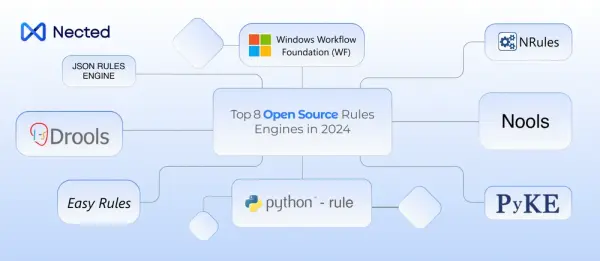




.svg)

.webp)
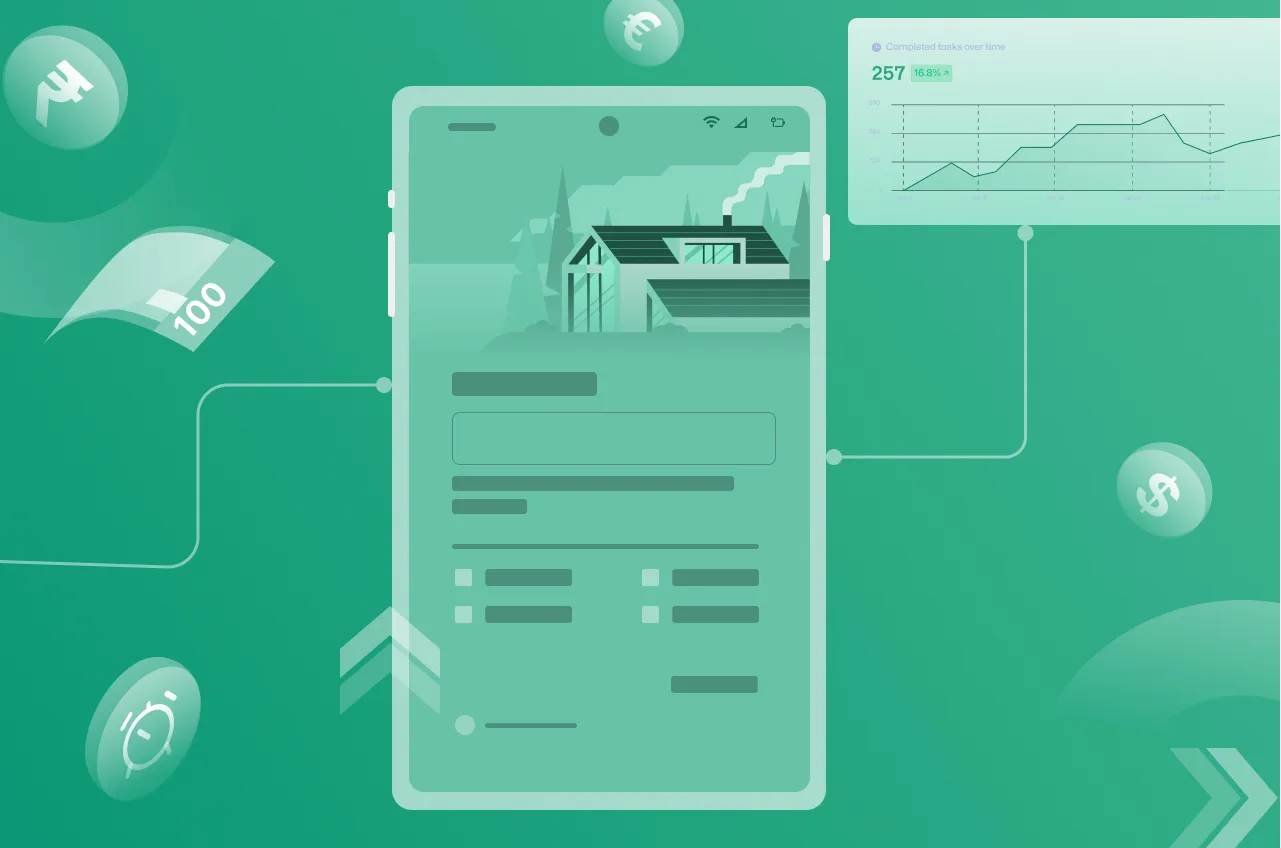



.webp)
.webp)
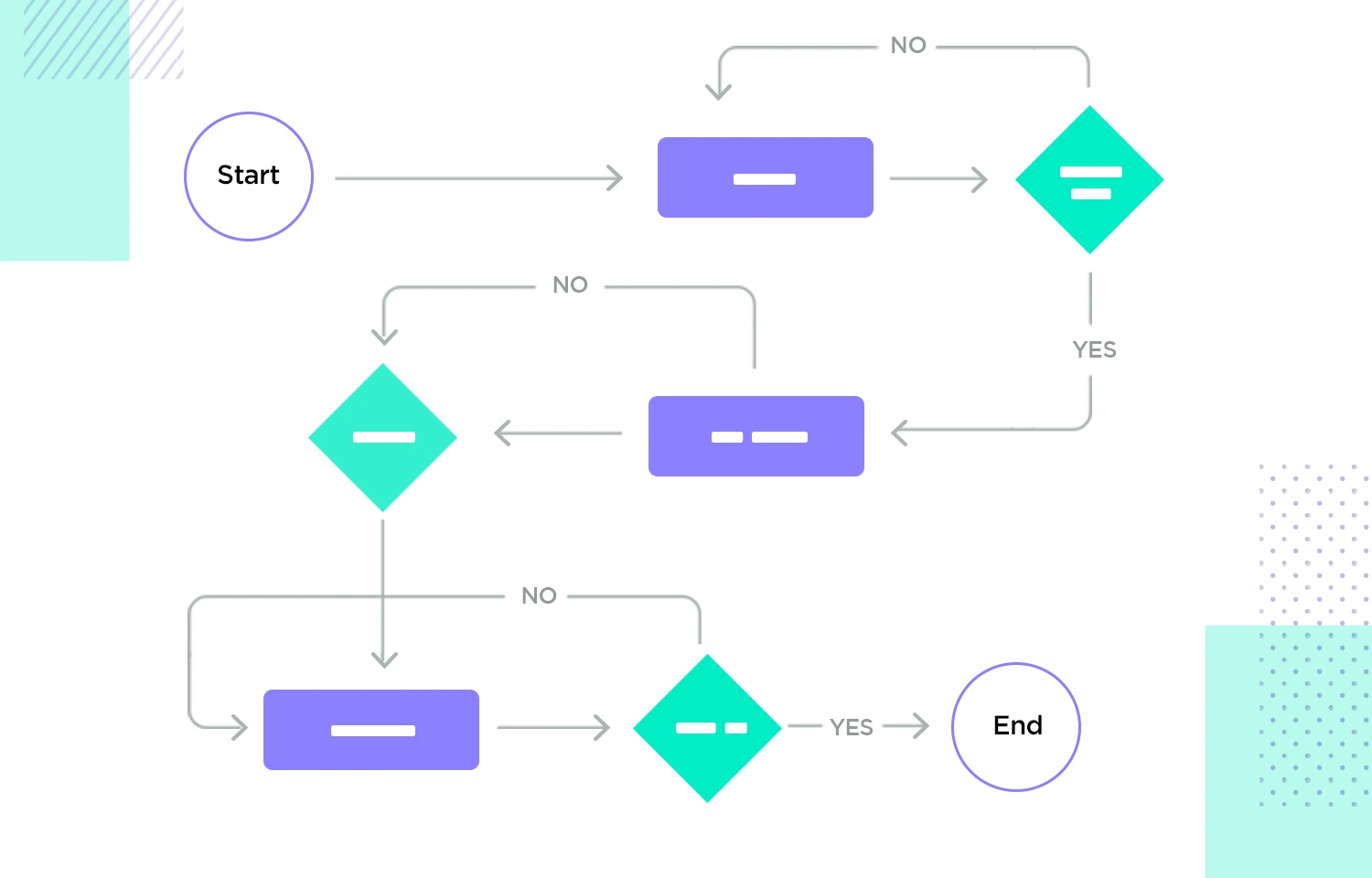
.webp)


.svg)





.webp)

.svg.webp)

.webp)
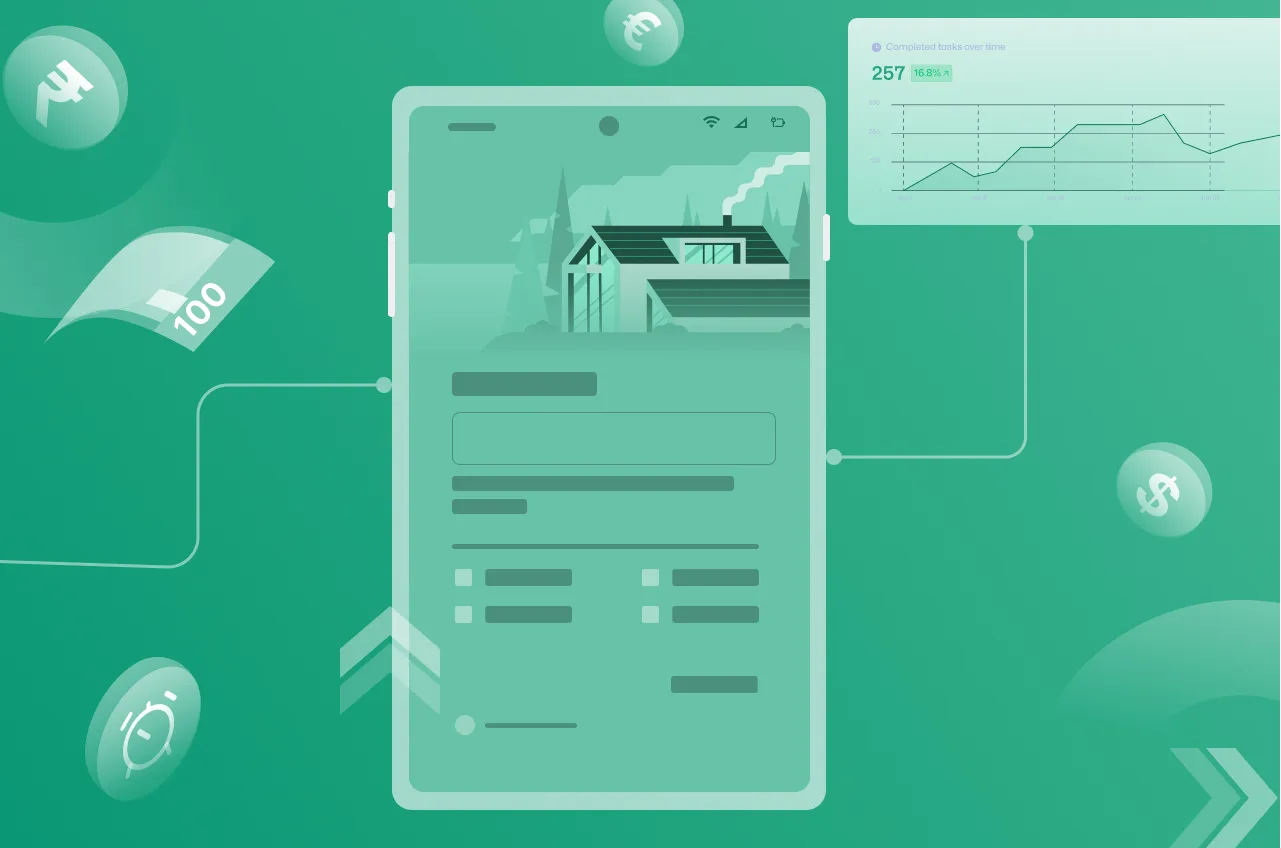



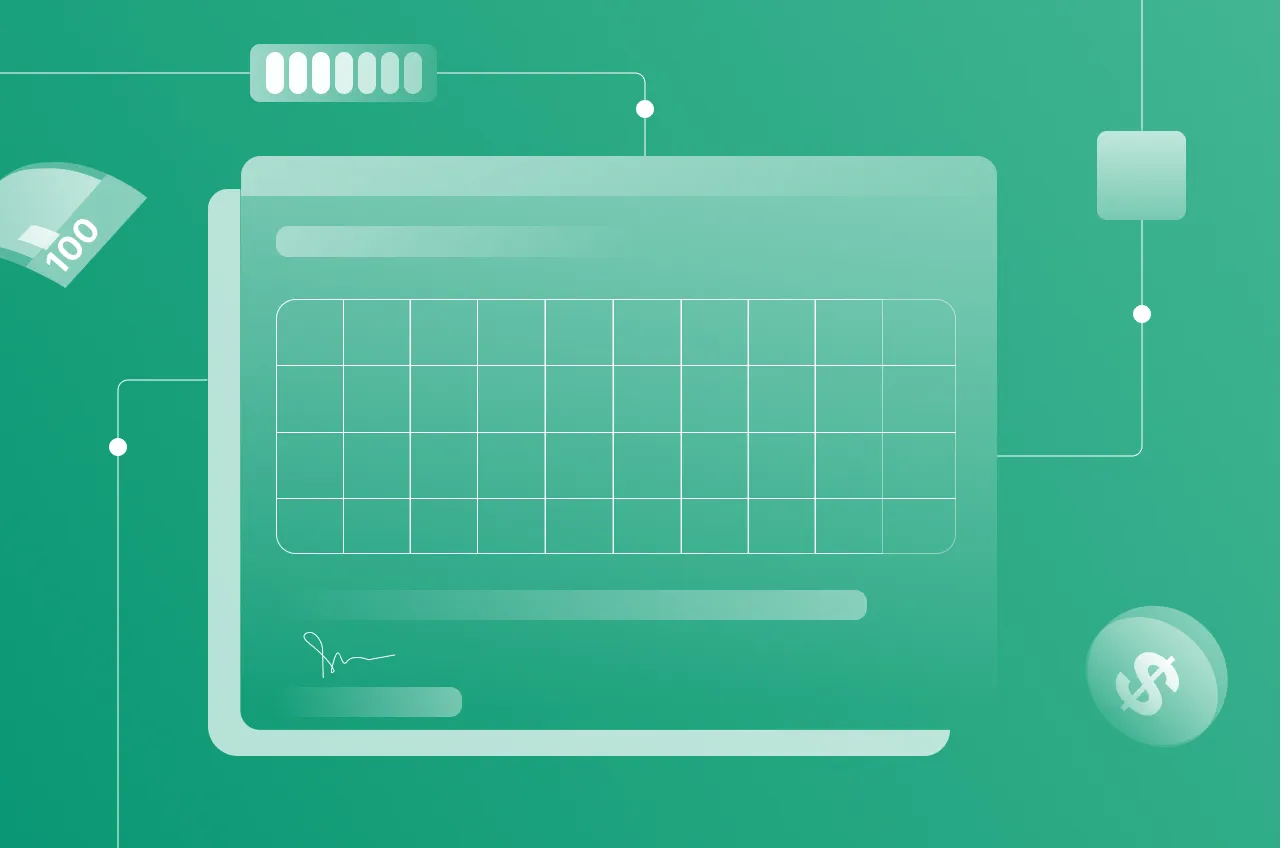

.webp)


%20m.webp)
.webp)
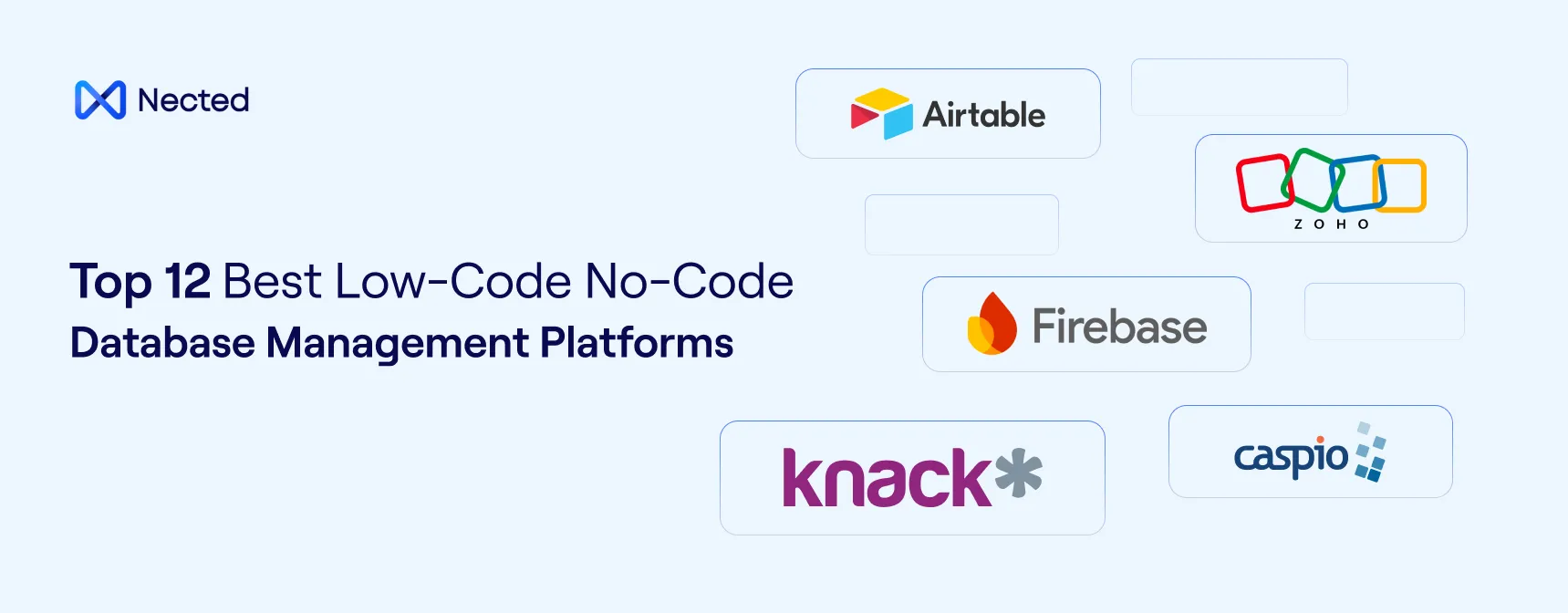

.webp)
.webp)
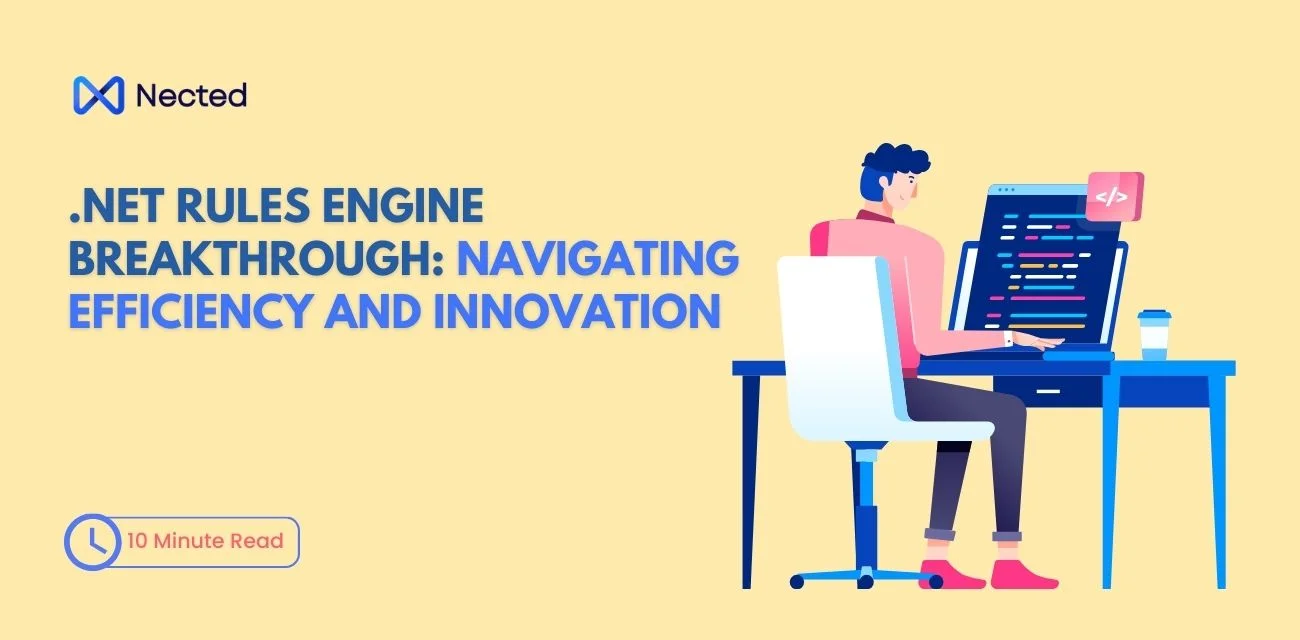





%20(1).webp)
